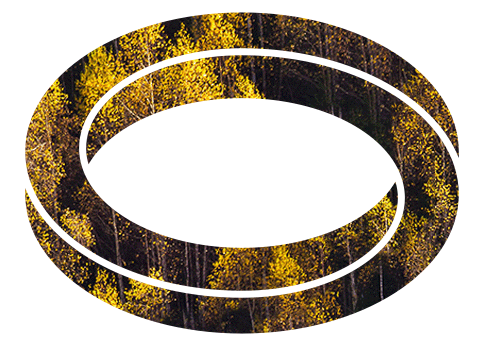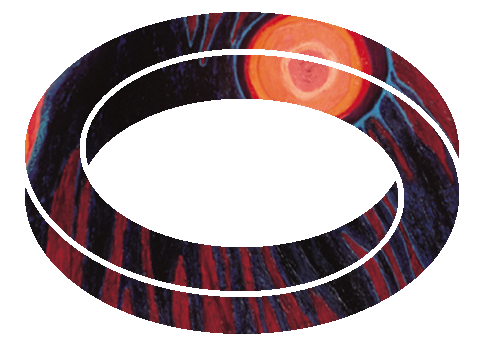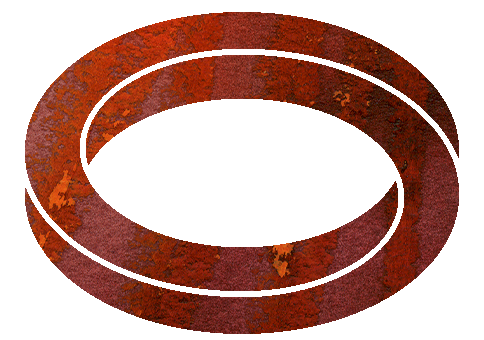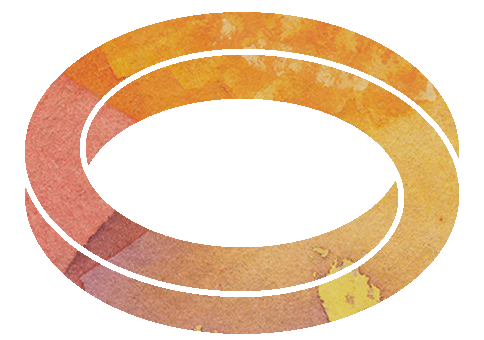Biodynamics abounds in paradox. Perhaps the most counterintuitive element of our work is that we don’t seek a shift in our clients. At least, we don’t seek a shift in the moment, while we’re in session. (I’ve written a previous blog about overarching intentions, which I distinguish from efferent activity.)
Seeking for something to shift means we’re orienting to something being “wrong” that we need to shift. Maybe our client is in Cranial Wave and we see that as being stuck. Perhaps the client can achieve a Neutral, but we aspire on their behalf to the more potent healing force of the Fluid Tide. Or the client comes to us with an unresolved tension pattern; and we are enthusiastic about getting it reconfigured.
Personally, I still grapple with such feelings pretty much every day. Who wouldn’t?! It’s natural to want someone to feel better. But a Biodynamic session is an opportunity to experience the present moment without any overlay. When I believe something needs to be different, that’s an overlay.
But doesn’t the situation need to be different for our client to get better? Don’t they need to experience a different state than the current one? Isn’t that why they’re coming to us?

Actually, I would argue that they are coming to us for the step that precedes feeling better. And that step is to be with what’s true, now. Let me give an example.
A new client came to me to address a physical ailment. In the course of a nonverbal biodynamic session, she experienced a “wave of emotion” about something she’d done two years prior, for which she had not been able to forgive herself. I did not know about the event. And during the session she didn’t tell me that the memory appeared.
Later, she told me that a spontaneous image came to her during our work. In it she was holding her own heart. The unresolved tension around the event palpably released its contraction. I observed that she literally looked different. She carried her body differently. She reported that she felt more substantial: “heavier in a good way.”
Of course, a Biodynamic practitioner might call “heavier in a good way” the fluid body. But I couldn’t have dialed up the fluid body or made her transform from tissue to fluid. The way in was the present moment. And all I knew was that I was drawn to her left arm. All I did was hold her left arm, precisely the way it told me to do.

Contraction or inertia represents a compensation of the system. It’s not my job to fixate on it or to get it to release. My client and I may prefer that it release. But the purpose of our biodynamic session is to connect my client with her wholeness. The intelligence carried by that wholeness is what will ultimately determine whether the client is ready to release that particular tension pattern.
My own job, in other words, is to help them cultivate their Neutral. Then their inherent wisdom can discern the priorities for healing, and implement the most supportive sequence of activity.
Generally, though, a practitioner’s awareness of an inertial fulcrum suggests that it is already being illuminated by awareness. If I’m aware of the pattern, it is likely to be involved in the dance of this particular session. Since I’m its dancing partner, I hold it tenderly as part of the music that is playing in this moment…whether or not my client mentioned it.
Assigning a value of good or bad to a pattern is irrelevant. What matters is to be utterly engrossed in whatever arises, whether you deem it favorable or unfavorable.

There’s a quote from Psalms 118:22:
The stone that the builders rejected became the chief corner stone.
I don’t actually know what that means in a biblical context. But in a biodynamic context, it sums up everything I’m trying to say here. It’s the very place that we neglect or push away that holds the key to our unfolding — in our clients or in ourselves.
A brilliant biodynamic student has an extensive meditation background. She’s had plenty of lovely meditation experiences. But lately she persistently perceives an even-textured nothingness that she has labeled cardboard. She sees that the cardboard is not dynamic with life and love. She sees that the cardboard is drying out her biodynamic practice sessions (and possibly her meditation practice). She came up with some practical steps that might help her deepen in the work.
I’m not opposed to the practical steps, but here’s what I advise.
First of all, I suggest going deeply into the cardboard. (Or any analogous “problem” — which is to say, any phenomenon, object of awareness, or experience.) Become familiar with its nuances. Don’t try to “get” anywhere else. Just shine the light of awareness on what is showing up. What qualities of cardboard are palpable: for example, its inertness, homogeneity, or density? What channel of perception is making it apparent, for example, is it visible, auditory, or kinesthetic? Is there an emotion or a place in the body associated with it?
My second suggestion is analogous, but takes the form of meditative inquiry. I learned this process from my meditation teachers. Suss out your inquiry question, imbue it into a smooth stone, and — starting from the crown of your head — drop the stone down your Midline into the lake of your being. Then don’t try to answer the question. Allow information or experiences to arise.
Possible inquiry questions in the case of the cardboard could be, What…is…cardboard?, What…is…here?, or What…is…perceived? Alternatively, attend to a related or polarized quality, for example, What…is…alive?

Our resistance to perceiving what’s true can keep us on the surface. So can our unfamiliarity with it. (Or strangely, even our familiarity with it, if staying on the surface is status quo.) If I don’t want to feel something, I stay on the outside of it.
Of course, I know the secret aspiration of every Biodynamic practitioner is to perceive the Fluid Tide or something similarly delightful. But sometimes, what appears in awareness is fear, restlessness, resistance, or repugnance. Sometimes, what our hands feel is jagged or repetitive. Don’t push it away. Instead, I recommend that we deeply attend to what’s true in the moment, whether it feels like cardboard, ricotta cheese, or agitation.
I’ve applied this insight for years, with myself and with my clients. Though I learned about it from psychoanalyst and dreamworker Robert Bosnak, I apply it in a somatic context. Notice, feel, or turn toward whatever is right here, now — even if what’s here is acutely uncomfortable. Surprisingly often, this simple activity facilitates a dropping in, a revelation, or a transformation.
Just experience whatever is available to feel or know, without trying to “get” somewhere else or feel something different. Going into cardboard can take us into aliveness and health, just as profoundly as going into pleasure. Our willingness to look unflinchingly at what is here, right now, makes all the difference.

BE THE FIRST TO HEAR
ABOUT UPCOMING EVENTS
AND PUBLICATIONS.
Unsubscribing is always available with a single click.